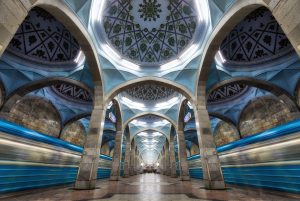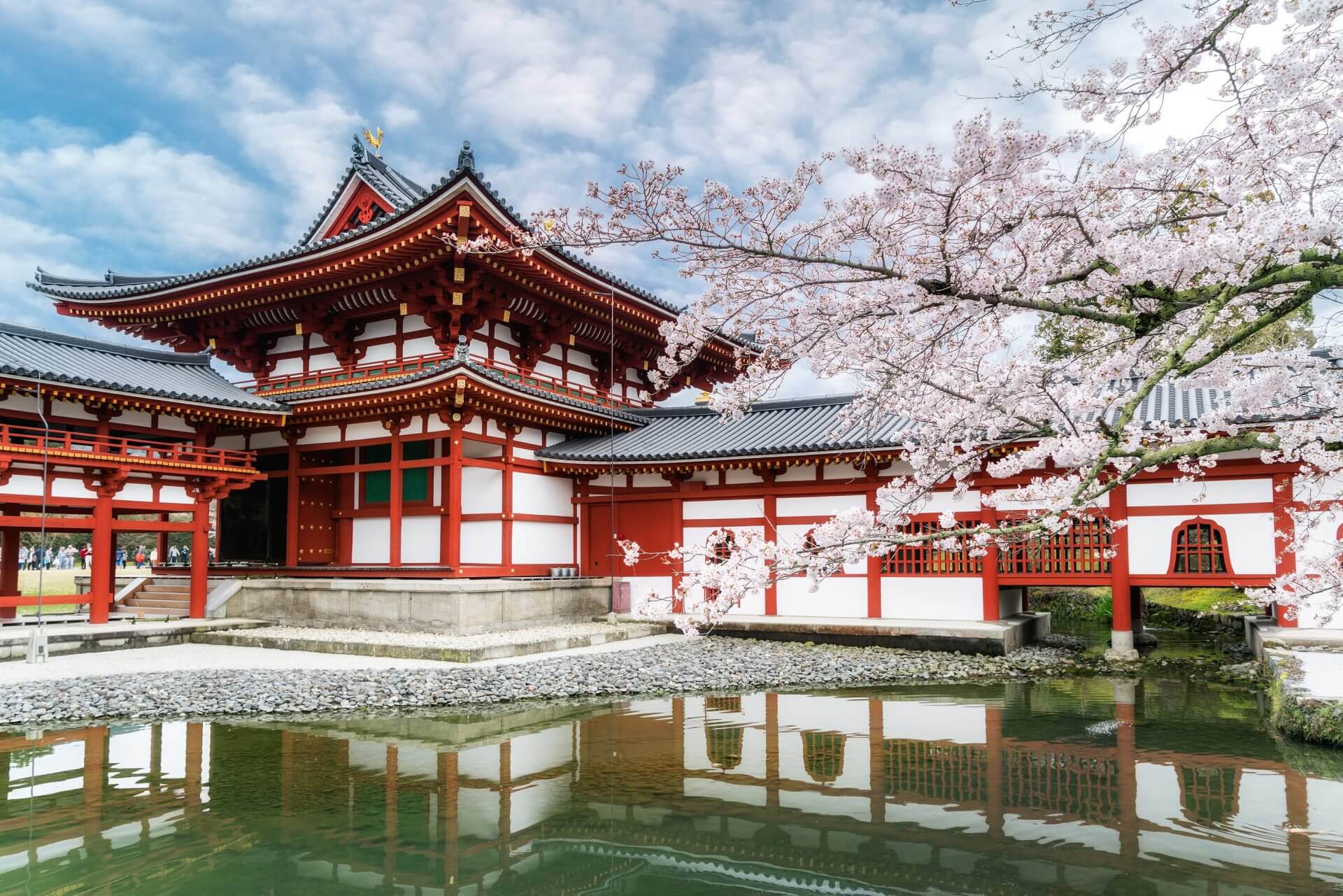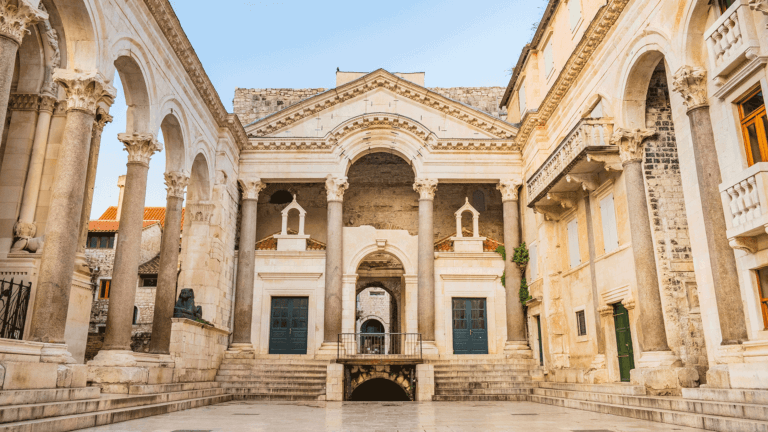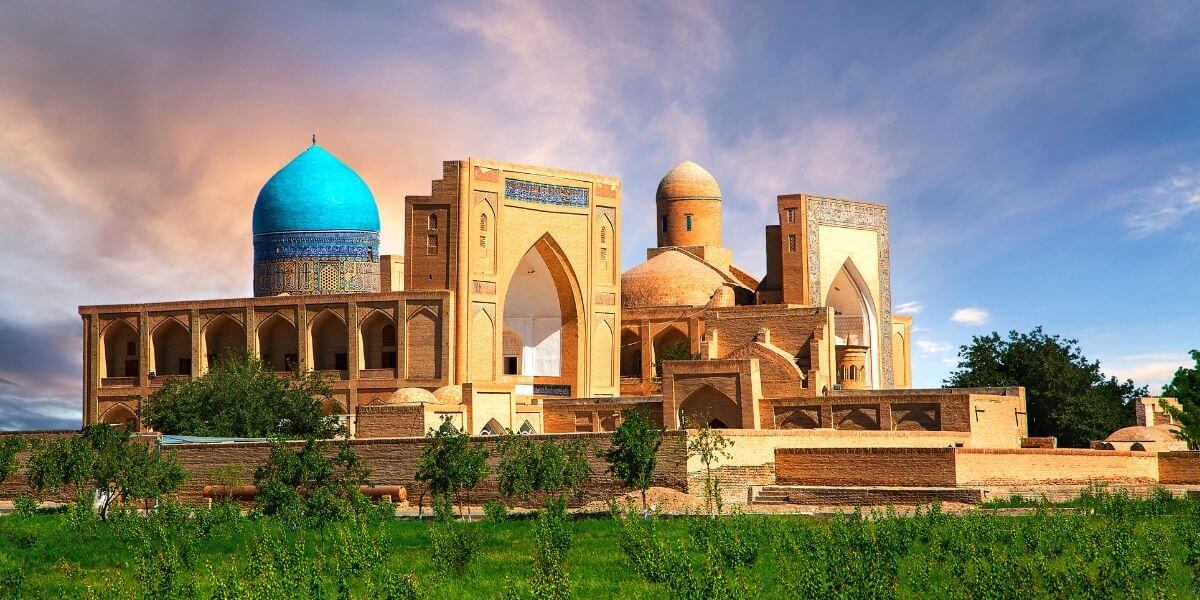Once upon a time, along the legendary Silk Road, nestled in the heart of Central Asia, lay the city of Bukhara. It was a place where cultures converged, where the whispers of trade and tradition mingled in the air, and where a remarkable Jewish heritage community carved out a vibrant existence against the backdrop of history. The story of the Bukharian Jewish history begins thousands of years ago, tracing back to the Babylonian exile. After the fall of the First Temple in Jerusalem, Jewish exiles found themselves scattered across the Persian Empire, with some journeying deep into Central Asia. Over generations, they built lives in the oasis cities, eventually establishing themselves in Bukhara. Here, amidst the bustling marketplaces and caravanserais of the Silk Road, they nurtured their faith and traditions, weaving their story into the fabric of the region.
In the late 19th and early 20th centuries, under Russian rule, the Bukharian Jewish community experienced a golden age. It was a time of relative freedom and prosperity, where education, arts, and commerce flourished. Scholars wrote in Bukhori, a Judeo-Tajik dialect, preserving religious texts and cultural stories. Musicians crafted melodies that blended Jewish and Central Asian influences, and artisans created intricate works of art that adorned homes and synagogues. This period of cultural vibrancy left an indelible mark on Bukhara and its Jewish inhabitants, a testament to the unique Bukharian Jewish culture.
Walking through the Jewish Quarter of Bukhara feels like stepping back in time. Its narrow alleys are lined with mud-brick homes that open into sunlit courtyards, where life thrived for generations. The Magok-i-Attari Synagogue, with its exquisite tilework and centuries-old walls, stands as a testament to the community’s devotion and artistry. Other landmarks, like the Chashma-Ayub Mausoleum, blend Islamic and Jewish architectural elements, reflecting the harmonious coexistence of cultures. These structures are more than mere buildings—they are the living chronicles of a resilient people.

At the heart of this community were its synagogues, sacred spaces that served as centers of worship, education, and social gathering. These were places where Torah scrolls were carefully housed, where the melodies of prayer resonated, and where the younger generation learned the traditions of their ancestors. Beyond their religious function, synagogues were hubs of communal life, hosting celebrations, festivals, and shared moments that bound the community together.
Bukhara also gave rise to extraordinary leaders and scholars who left a lasting impact. Figures like Rabbi Yosef Mammon, a descendant of Maimonides, guided the community with wisdom and strength. Rabbi Shimon Hakham, a renowned teacher, and Rabbi Shlomo Moussaieff, a philanthropist and leader, were among the luminaries who shaped the intellectual and spiritual legacy of Bukharian Jewry. These leaders stood as pillars of strength, navigating their community through challenges while ensuring the preservation of their identity.
The Silk Road brought both opportunity and prosperity. Bukharian Jews played an integral role in the bustling trade networks, excelling as merchants dealing in textiles, spices, and precious gems. Their strategic location in Bukhara made them key players in connecting markets from China to Europe. Their entrepreneurial spirit not only enriched their community but also strengthened the city’s position as a vital trade hub.
Amidst the successes, the Bukharian Jews also faced immense challenges. Persecution and forced conversions under tyrannical rulers tested their resolve. The Soviet era brought further hardships, with synagogues closed, religious practices banned, and traditions forced underground. Yet, through it all, they endured. Families gathered in secret to observe holidays, elders passed down prayers and stories, and the community’s spirit remained unbroken.
In modern times, efforts to preserve Bukharian Jewish heritage have gained momentum. Historical synagogues have been restored, oral traditions documented, and cultural centers established. Diaspora communities, spread across the world, remain deeply connected to their roots, celebrating traditions, teaching the Bukhori language, and sharing the legacy of their ancestors. Tours of the Jewish Quarter in Bukhara have also grown in popularity, drawing visitors eager to experience the rich history of this remarkable community, offering a unique Jewish heritage tour in Central Asia.

Today, the Bukharian Jewish story continues to unfold. Though their numbers in Bukhara have dwindled, their legacy lives on in the vibrant traditions, cuisine, and culture they have preserved. Their journey, from exile to flourishing community, from persecution to resilience, is a testament to the enduring strength of their identity. And for those who wander the ancient streets of Bukhara, their spirit is still palpable, a reminder of the extraordinary history that shaped this unique and remarkable people.
We invite you to join us on a transformative journey through the heart of Uzbekistan with Gil Travel. Discover the captivating history and rich cultural heritage of Bukhara, where the Jewish community has thrived for centuries. Immerse yourself in the vibrant Jewish Quarter, explore ancient synagogues, and encounter warm and welcoming locals. Our expert guides will unveil the fascinating stories and traditions of Bukharian Jews, offering a unique opportunity to connect with a living heritage. Join us on this unforgettable adventure and experience the magic of Bukhara.












